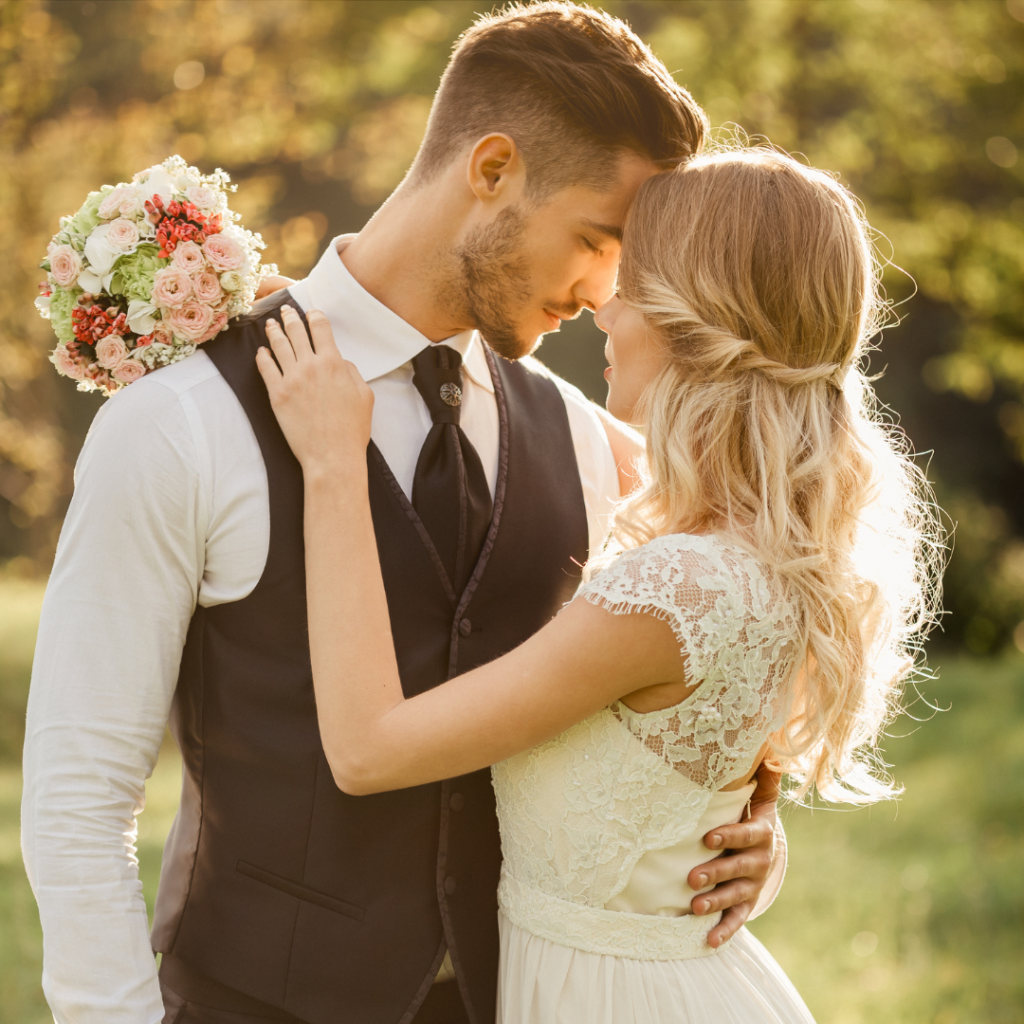Weddings are a time-honoured tradition all over the world, but they’re celebrated in different ways and with different customs depending on which culture you look at. In this article, we’ll take a comprehensive look at how weddings are celebrated around the world – from the traditional to the modern – and explore some of the unique customs that make each culture’s wedding celebration special. So join us as we take a tour of wedding ceremonies across the globe!
A Special Occasion To Celebrate
A wedding is a special occasion that is celebrated by couples who feel affection towards each other. It is a day when they exchange marriage vows and commit to spending the rest of their lives together. A wedding is also a time for family and friends to come together and celebrate the couple’s love.
There are many different ways that weddings are celebrated around the world. In some cultures, weddings are very formal affairs with large gatherings of people. In others, they are more intimate affairs with only close family and friends in attendance. Regardless of cultural background, a wedding is an unforgettable occasion, often centered around joyous festivities and the exchange of Wedding Gifts for Couples.
And not only this, there are some other commonalities as well, including the desire for everyone to look their best, especially the groom and the bride. Wondering what they are? Individuals may choose from a variety of self-improvement sessions, ranging from laser hair removal, body contouring, and lip fillers to using Direct Teeth Whitening kits and colouring their hair. These preparations are part of ensuring that the bride and groom radiate confidence and elegance on their special day.
Whether it’s refining their appearance with professional treatments or investing time in personal grooming routines, each step contributes to enhancing their natural beauty and creating a polished, unforgettable look. Beyond aesthetics, these efforts reflect the couple’s dedication to making their wedding day not only a celebration of love but also a reflection of their individual styles and personal care.
Traditional Wedding Celebrations In Different Countries
In many countries, weddings are a time for families and friends to come together and celebrate the union of two people. These celebrations are often rich in traditional festivities and rituals that vary from culture to culture. Whether it’s the food, music, or customs, every wedding offers a unique and memorable experience. One key aspect of preparing for these special occasions is finding the perfect attire. While this often involves visiting different shops and couturiers, individuals can also conduct a search online for “bridal shops near me“. This allows them to explore a wide variety of styles and options from the comfort of their home, ensuring their big day is as unforgettable as the celebration itself. With that in mind, let’s take a look at some of the most popular traditional wedding celebrations from different countries:
- In Germany, it is tradition for the bride and groom to walk down the aisle together. This symbolises their equal partnership in marriage. The bride usually wears a white dress and veil, and the groom wears a suit with a boutonniere. After the ceremony, there is a reception with food, drink, music, and dancing.
- In France, weddings are typically very formal affairs. The bride typically wears a white dress with a train (known as a “wedding gown” ) and a veil. The groom wears a dark suit with a boutonniere. During the ceremony, the guests will often throw rice at the couple as they leave the church. This is meant as an offering of good luck and fertility. The reception includes food, drink, music, dancing, and often Cake cutting.
- In Italy, weddings are often large gatherings with hundreds of guests. The bride typically wears a white dress with lace detailing and a veil. The groom wears a dark suit with a boutonniere.
- In China, weddings are often elaborate affairs with multiple courses of food and lots of entertainment. The bride typically wears a red dress, which symbolises good luck, and the groom may wear a military uniform if he is in the armed forces. Guests will often give the couple gifts of money in red envelopes.
- In India, weddings are also lavish occasions, often lasting several days. The bride usually wears a bright red or orange sari, and the groom typically wears a sherwani, a traditional Indian garment. A typical Indian wedding feast includes plenty of spicy dishes and sweet desserts. Fireworks are often set off at the end of the celebrations.
- Japanese weddings are usually more subdued than those in other cultures. The bride typically wears a white kimono, and the ceremony is often held in a Shinto shrine or temple. After the exchange of vows and rings, guests enjoy sushi and other Japanese delicacies.
- Kenyan weddings are colourful celebrations with music and dancing. The bride traditionally wears a bright shuka cloth wrapped around her body, and the groom may wear traditional Maasai clothing. Gifts are often given to the couple to help them start their new life together.
When it comes to the venues, Indian weddings are often held on heavily decorated stages. In comparison, the Japanese mostly prefer serene locations like temples and countryside weddings are usually prominent in Italy. For instance, if it’s your wedding, you can choose from a never-exhausting list of venues or reach out to firms like Country House Weddings Ltd (their website can be accessible at https://www.countryhouseweddings.co.uk/). Experts at these places usually want you to choose a date and venue, so that they can look after every arrangement at the wedding.
Cultural Differences In Wedding Etiquette
When it comes to wedding etiquette, there can be a lot of differences from culture to culture. Here are just a few examples:
In the United States, it is considered bad luck for the groom to see the bride in her wedding dress before the ceremony. However, in many other cultures, including most of Europe and Asia, it is perfectly acceptable for the groom to see the bride before the wedding.
Another big difference is how formal weddings are. In America, weddings are typically very formal affairs, with everyone dressing up in their best clothes. However, in many other cultures (including most of Africa and Latin America), weddings are much more relaxed affairs where people dress more casually.
Finally, there are also differences in who pays for what when it comes to weddings. In America, it is traditional for the bride’s family to pay for most of the wedding expenses. However, in many other cultures (including most of Asia and Africa), it is traditional for the groom’s family to pay for most of the wedding expenses.
From the US to India, weddings around the world are celebrated in their own unique ways. There is no one-size-fits-all formula for creating a perfect wedding day; rather, it all depends on cultural and personal preferences. But there is one thing that remains consistent: celebrating love with family and friends is a universal tradition that transcends geographical boundaries. We hope this comprehensive guide has helped you understand how different cultures honour marriage vows and cherish the special bond between two individuals!

